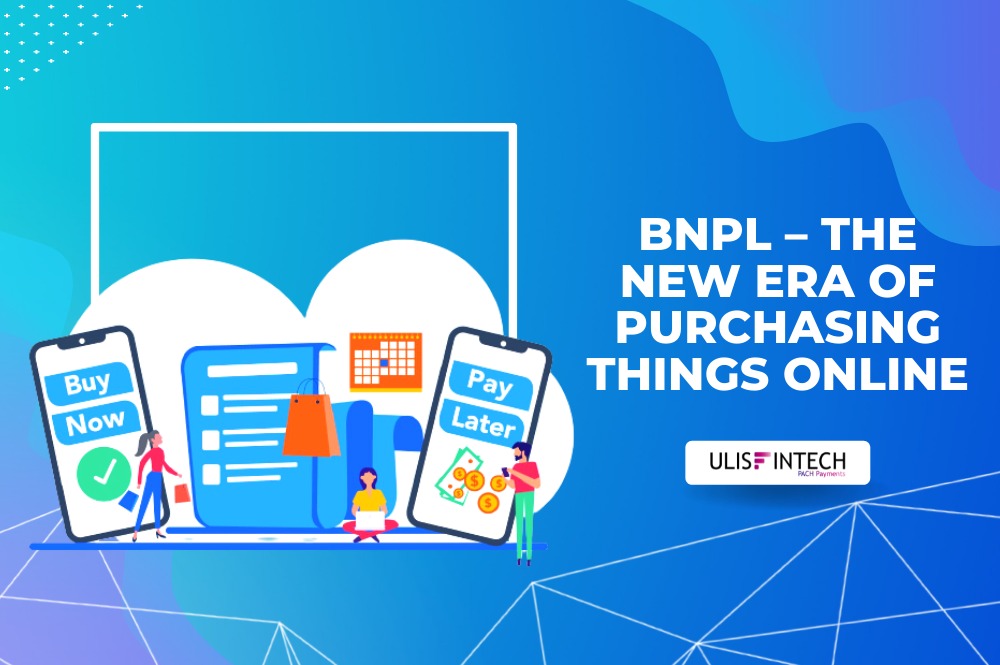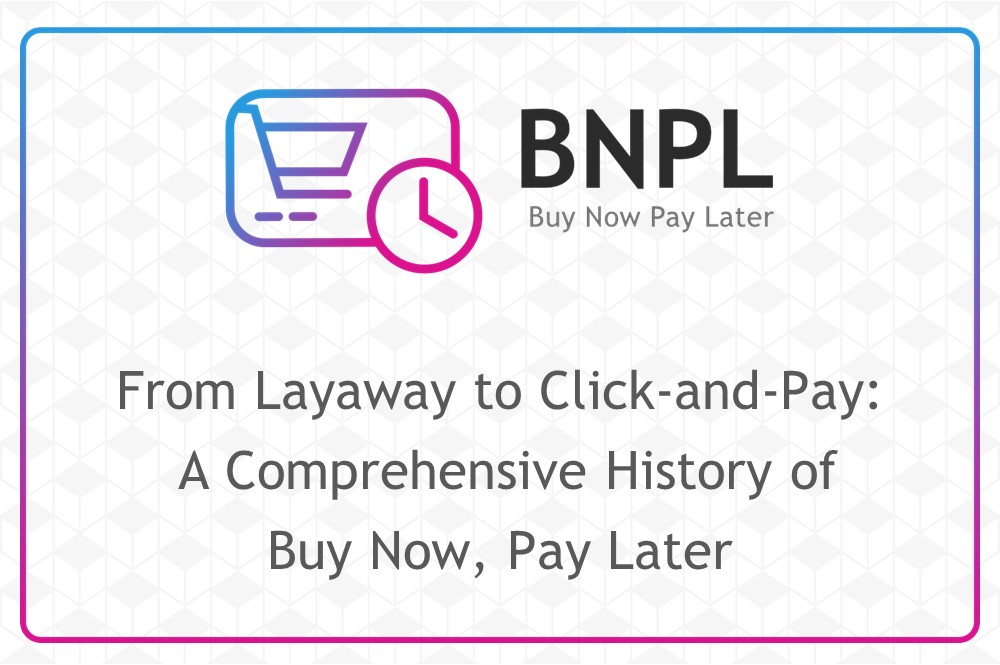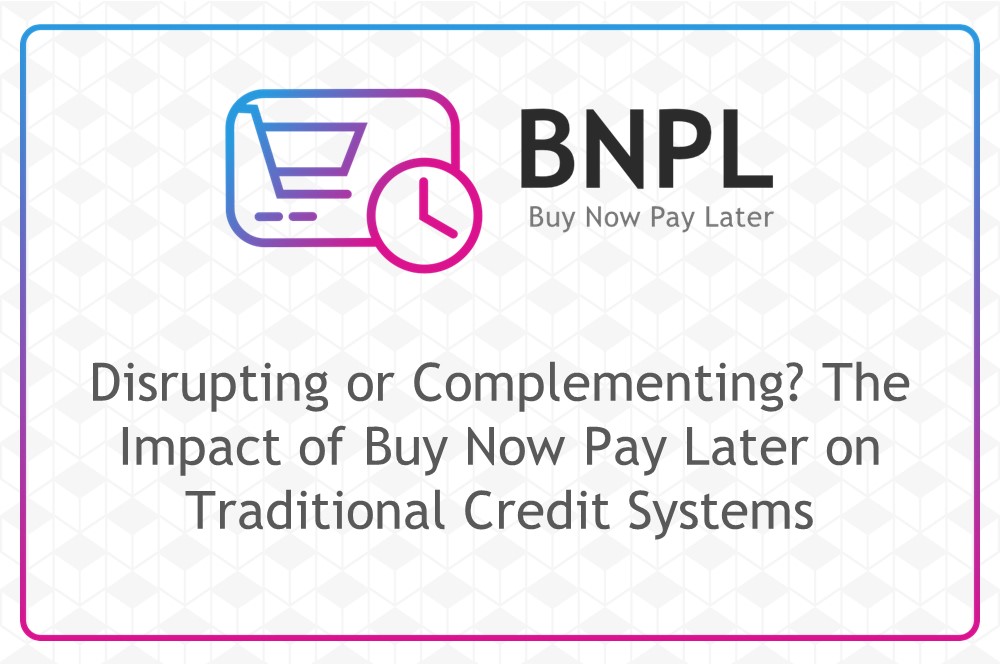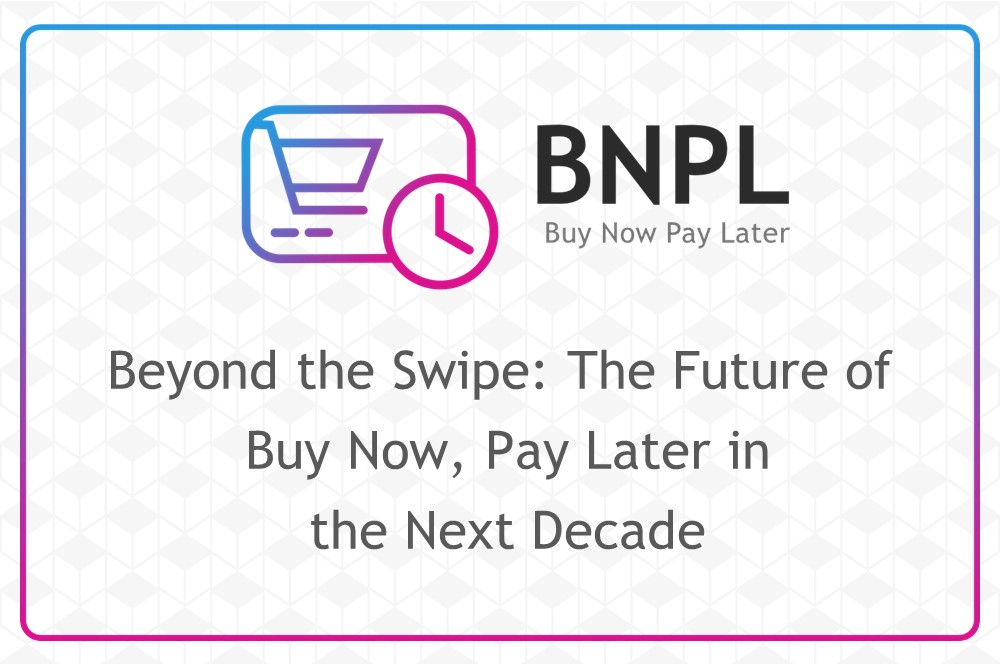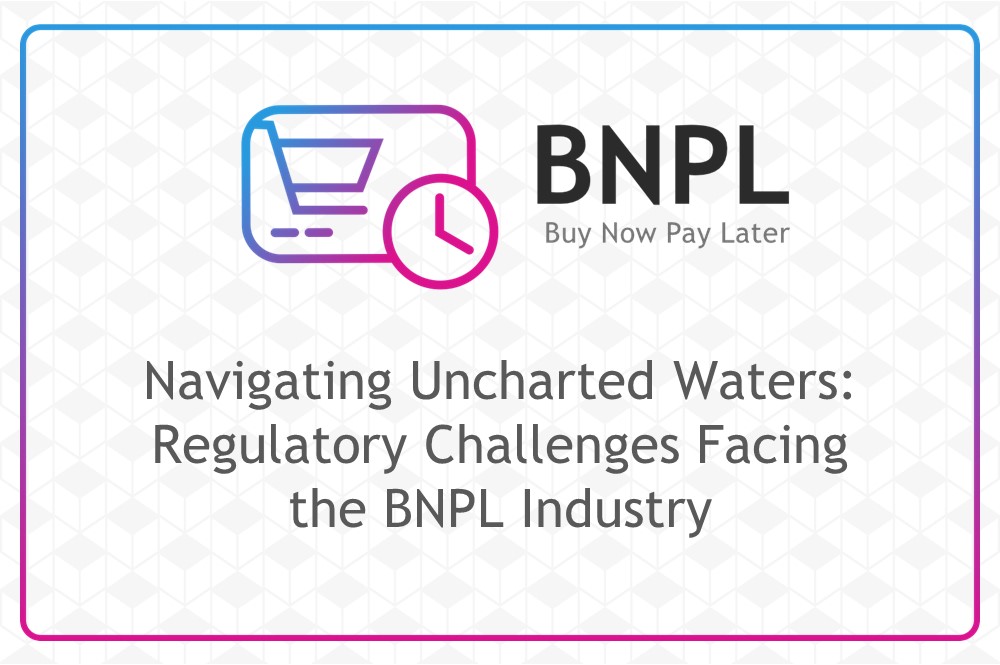The Tussle between the BNPL providers
May 12, 2022 - 8 MINS READ
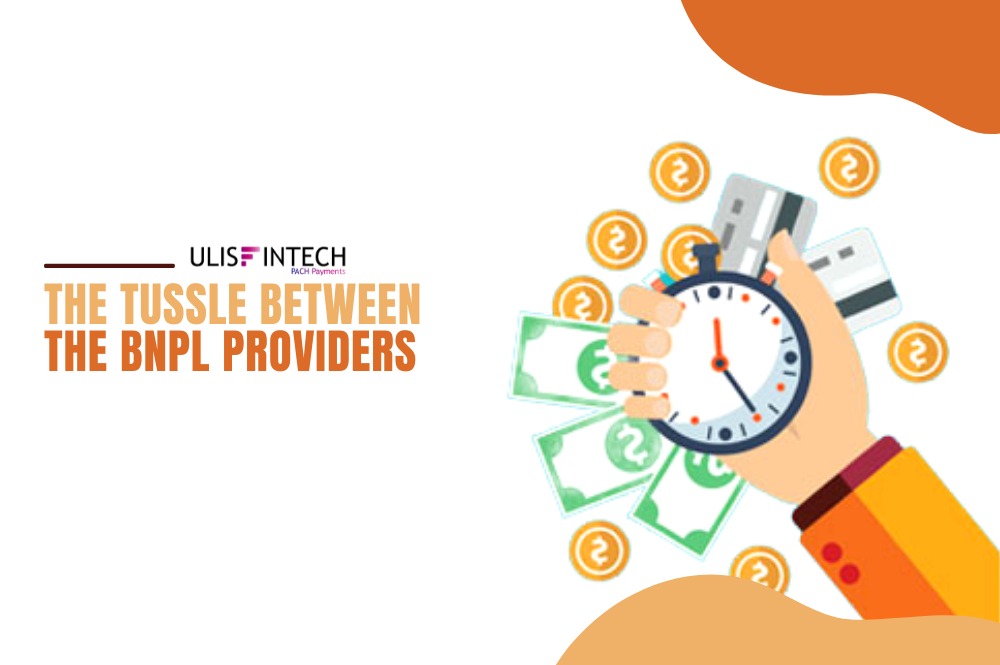
The Tussle between the BNPL providers
Consumer awareness and use of Buy Now, Pay Later (BNPL) continues to rise around the world, with merchants benefiting as well. But what are the most well-known BNPL brands? A global BNPL player has grown at a breakneck pace in the last two years, paving the way for even more payment options and customer ways to shop, play, and spend. When Klarna revealed an external BNPL voucher for in-store purchases in February, it sent shockwaves through the payments industry. Since its inception, RFI Global has been tracking BNPL brands, awareness, and usage. We've included some new information in our most recent infographic. Klarna gives rise to customer perception and usage in the UK, according to information from our global BNPL tracker. Cleary is a popular payment method in the United States.
When it comes to the top three brands in the United States, Assert and PayPal Pay is both in the top four. But, in Asia, Europe, and Australia, how do those BNPL providers fare? Is it still possible for newcomers to make an impact? "While consumers have been feeling the immediate benefit of BNPL usage, vendors will soon utilize the importance of acceptance," our Worldwide Head of Creditworthiness Deposits and Pay-outs, Kate Wilson, stated in our top 5 financial services predictions for 2022. Smaller companies, in specific, will increasingly see BNPL as a way to alleviate cash flow problems." Consumers, fuelled by the pandemic, have shown an insatiable hunger for online shopping and comfortable and smooth payment systems at the checkout, and the last months have been enormous for BNPL providers. RFI Global will delve into the BNPL environment, having shared a thorough Global outlook, accompanied by thorough research into the areas such as Australia, Asia, and Canada, as involvement in BNPL continues to grow.
Last year, Klarna, the buy-now-pay-later fintech, grew its customer base faster than its own European and us competitors, making the company inside a strong position in front of a confirmed public offering. According to Apptopia data, the Swedish fintech had 8 million social media downloads throughout Europe alone this year, whereas its closest competitor Clear pay had just under 1 million. After years of trying in the US, Klarna surpassed the leader board in 2020, racking up an additional 8.5 million downloads. Downloads of mobile apps* are a good indicator of consumer adaptation in the buy now, pay for it later (BNPL) room, which allows customers to postpone payments on goods for free.
Taking the lead
It's no secret that BNPL providers have had a banner year, with customers flocking to their websites during successive lockdowns. Aside from mobile downloads, Klarna was valued at $31 billion last year, and affirm, a US provider, went public. The latest era of BNPL start-ups has also gained traction, resulting in increased competition. Butter, Zilch, Scala pay, Twisto, Via Bill, and France's Alma are among Klarna's smaller competitors, with the majority of them having recently announced new fundraises. Meanwhile, Australian-listed companies such as Zip, Lay-buy, and After pay (which owns London's Clear pay) have announced plans to expand into continental Europe, extending the contest beyond the United Kingdom. BNPL accounts for nearly £4 of every £100 spent in the UK, and 30% of Us customers have a BNPL login.
Klarna also outspent After pay worldwide last year, with $53 billion in sales, especially in comparison to $11.1 billion for After pay. Klarna is also hoping to maintain its upward trajectory. According to Sifted, the company plans to expand into the four so many EU countries this year, including France, as well as increase its presence in the United States. It also intends to double off the inside the UK, use its cash reserves to resolve any Brexit roadblocks, and fend off new arrivals like Zilch, which also recently boasted that it had ranked second inside the UK App Store in terms of downloads. Klarna is going to bet that young folks will continue to prefer BNPL (and installments) over credit cards in this scenario.
The BNPL's long-term strategy
Regardless of Klarna's lead, it will have to stay on top of key BNPL developments.
- First, it must compete with major tech companies such as PayPal, Amazon, and American Express, which have all recently introduced 0% 'installment' payment options. Per a recent Sifted analysis, PayPal was perhaps the most popular app in Europe last year (despite the fact that its primary audience is wiser than Klarna's).
- Second, there are a few regulatory issues to consider.
In the United Kingdom, now there are plans to restrict the BNPL market, requiring customers to pass affordability tests. The provisional rules appear to be moderate, but BNPL players are concerned, according to Grant Halverson, an Australian fintech consultant.
He told Sifted, "They know legislation is arriving and those who merely want to underplay it for share price as well as VC valuation reasons." Another important factor to consider is that "bigger isn't always better." Despite having the most downloads, Klarna will have to deal with a rising rate of defaults ($200 million) in its 2019 results. In the end, Klarna is a leading company with a balance sheet to protect. Despite this, the BNPL industry is expected to continue to grow. According to research firm, by 2025, $258 billion will have been processed through online BNPL channels around the world. Given that BNPL having to spend on incentives to innovate (mobile commerce) streams now far outstrips online, Klarna's mobile dominance should be beneficial.
BNPL, also renowned as juncture borrowing, alternative credit, and installment payments, is gaining traction, and everyone wants a piece of the pie. Consumers — some with excellent credit total scores, others without — love the payment option, and merchants see it as a digital marketing engine that moves more goods and builds loyalty, according to the latest and predicted quarterly earnings from significant players in the sector. While PayPal's large role in BNPL had been a mystery until recently, the payments platform's 3rd financial statements published Monday (Nov. 8) affirmed that it is doing rapid BNPL business.
According to the study (which was based on a sample group of US individual people in general of the age, gender, as well as race), only 7% of Americans purchased BNPL during the first 9 months of 2020—the identical percentage as in 2019. Although 7% of customers may appear to be a small percentage, BNPL users pay an aggregate of 3.5 items purchased per year. In each of the last two years, that equates to around 50 million BNPL purchases. Americans spent $20 billion on BNPL programs in 2019, matching a guesstimate from consultancy firm Oliver Wyman, and will be having spent $24 billion in 2020 on goods and services to use a BNPL service.
Interested candidates who seem to buy BNPL
- Consumers with a lot of money. Seven out of ten BNPL users earn over $75,000 per year. They're also well-educated, with three-quarters of them holding a bachelor's degree or higher.
- Holders of credit cards the idea that people use BNPL programs because they can't get (or don't have) a credit is false: 97% of people have had at least each credit card. This implies that BNPL consumers have other options for accumulating debt.
- Millennials In contrast to 9 percent of Generation X (41-55), 6 percent of Gen Zers, and 1 percent of Boomers and Seniors, 18 percent of any and all Millennial consumers (26 to 40 years old) made nearly one BNPL purchase in the previous two years. Millennials make up half of all customers who are using the service in the past year.
Many people would like to fake that the previous four years never happened, but a lot changed ever since: presently, two-thirds of Millennials and 57 percent of Gen Zers between the ages of 21 and 25 have a credit card. So the dearth of credit cards isn't the reason for BNPL's popularity. As per a study, the three most common causes for using BNPL are to
- avoid having to pay monthly interest;
- purchase items that would otherwise be out of my spending plan; and
- borrow the money without the need for a credit check.
Few would therefore come out on top in the BNPL
It would be too soon to predict a call, but here are some thoughts:
- This isn't a one-game-wins-all scenario. There will be no single BNPL provider with a monopoly power market share. The BNPL provider that the merchant they're buying from selects to work with determines the consumer's BNPL provider.
- BNPL suppliers will need to improve their attribution stories for sales. BNPL suppliers like to assert that they assist merchants in making sales that they would not have made otherwise. Does this ring a bell? When credit and debit cards were first introduced, card issuers made similar claims. With 97 percent of BNPL users owning a credit card, it's difficult to believe that a BNPL proposal is the real driving force behind a product sale. Customers want whatever they want and will often go to great lengths to obtain it. When they don't see a BNPL offer, they think to themselves, "hmm...maybe I'll buy a certain product because I don't have to charge for it all at once."
- Providers of BNPL services will specialize. We'll see BNPL providers specialize by product category as a direct consequence of the need to confirm their attribution claims. That is, two or three providers will specialize in selling prices and trying to sell BNPL deals for electronic goods, while another group will specialize in clothing and fashion.
A Buy Now, Pay Later (BNPL) trend is a phenomenon that occurs when people buy something now and pay for it later. In February, Klarna introduced a BNPL gift card for purchases. According to RFI Global, Assert and PayPal Pay are both among the top 4 brands in the United States. Last year, Klarna was appreciated at $31 billion, and affirm, a US service provider, went public. BNPL is responsible for at least £4 of any £100 expended in the United Kingdom. Klarna intends to almost double its presence in the United Kingdom and expands its presence across the Country. Klarna is one of Europe's most popular BNPL apps, but there are a few things to keep in mind. Despite it having its most downloads, Klarna's 2019 results will be marred by a continuous rise of defaults ($200 million). Just 7% of Americans agree.
